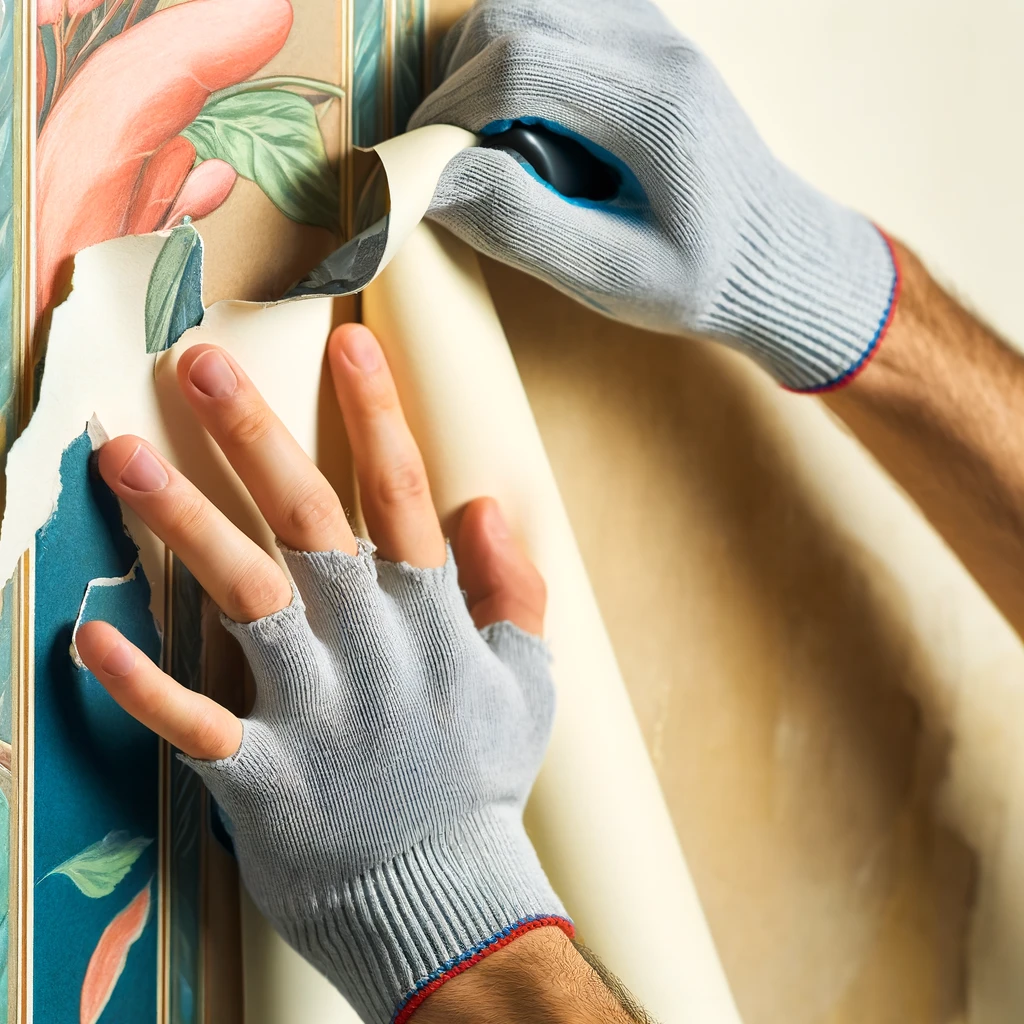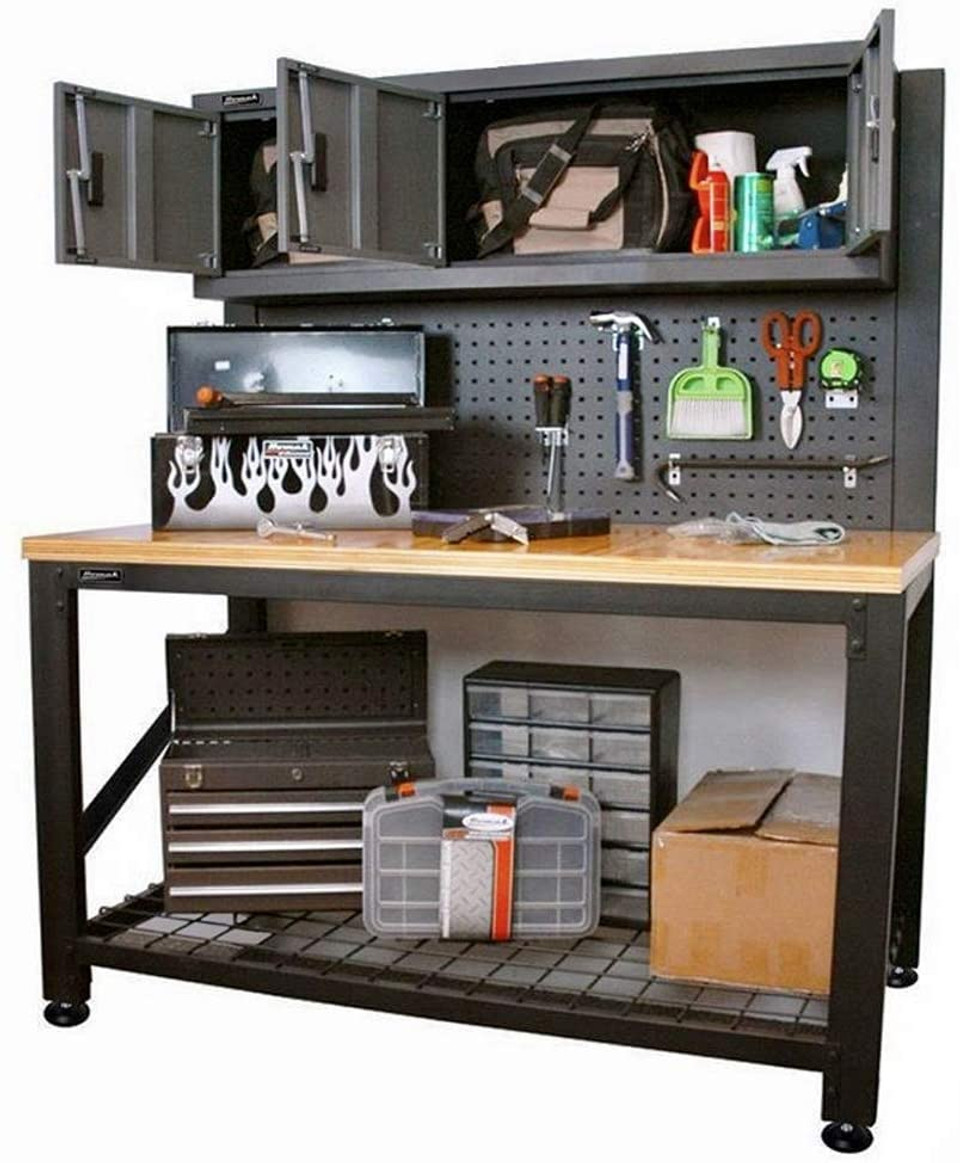Sealing wood furniture is an essential step for many homeowners and DIY enthusiasts looking to extend the lifespan and enhance the appearance of their wood items. Whether it’s a cherished antique or a new, unfinished piece, applying a sealant can provide crucial protection against wear and tear. In this blog, we delve into the reasons why sealing your wood furniture can be beneficial, explore the drawbacks, and provide valuable tips, tools, and considerations for your project.
Pros of Sealing Wood Furniture
- Enhanced Durability: Sealing wood furniture helps in protecting it from scratches, water damage, and the wear and tear of daily use.
- Improved Appearance: A good sealant can enrich the natural grain of the wood, adding depth and warmth to its appearance.
- Increased Lifespan: By blocking moisture and UV rays, sealants can prevent warping, cracking, and other damage, effectively extending the furniture’s lifespan.
- Easier Maintenance: Sealed wood is simpler to clean and maintain, as spills and stains can be wiped away without penetrating the wood.
- Versatility: Various types of sealants offer different finishes from matte to glossy, giving you the flexibility to achieve the desired aesthetic.
Cons of Sealing Wood Furniture
- Initial Cost: The upfront cost of purchasing sealant and related supplies can add up, especially for high-quality products.
- Time Investment: The process requires time and effort, including preparation, application, and drying times.
- Regular Reapplication: Some types of sealant may need to be reapplied periodically to maintain their protective properties.
- Risk of Improper Application: Incorrect application can lead to streaks, bubbles, or uneven finishing, potentially ruining the furniture’s look.
- Potential for Chemical Exposure: Some sealants contain harmful chemicals that can be hazardous during application without proper ventilation and protective gear.
Recommended Tools for the Project
- High-Quality Sealant: Choose a sealant appropriate for the type of wood and the expected use of the furniture.
- Sandpaper: Needed for prepping the wood by smoothing the surface before applying the sealant.
- Brushes or Rollers: For applying the sealant; synthetic brushes or foam rollers are usually recommended for a smooth finish.
- Clean Cloths: Useful for wiping down the furniture before and after sanding.
- Protective Gear: Safety goggles and masks should be worn to protect against dust and fumes.
Comparisons
- Oil-Based vs. Water-Based Sealants: Oil-based sealants are known for their durability and rich finish but can yellow over time and have longer drying periods. Water-based sealants are less odorous, dry faster, and retain color better but might not be as durable.
- Varnish vs. Polyurethane: Varnish offers a hard finish and is excellent for UV protection but can be tricky to apply evenly. Polyurethane is easier to apply and provides a durable shield against scratches.
Tips & Tricks
- Test the Sealant: Always test your sealant on a small, inconspicuous area of the furniture to ensure the finish and color are as expected.
- Ensure Adequate Ventilation: Work in a well-ventilated area to avoid inhaling harmful chemicals.
- Apply Thin Coats: Multiple thin coats are preferable to a single thick coat, as they dry faster and result in a smoother finish.
- Sand Between Coats: Lightly sanding between coats with fine-grit sandpaper can help achieve a better bond and smoother surface.
- Allow Proper Drying Time: Be patient and allow the sealant to fully cure, which can take up to several days depending on the product and environment.
Cost Considerations
The cost of sealing wood furniture can vary based on the size of the project, the type of sealant, and whether you do it yourself or hire a professional. DIY projects might only require the cost of materials, typically ranging from $20 to $100 depending on the quality and brand of sealant. Professional applications can cost several hundred dollars but ensure a professional finish and longevity.
FAQs
- Q: How often should I reseal my wood furniture?
- A: The frequency depends on the type of sealant used and the piece’s exposure to wear and tear. Typically, furniture should be resealed every 1-3 years.
- Q: Can I seal painted wood furniture?
- A: Yes, sealing painted wood can protect the paint from chipping and fading, but ensure the sealant is compatible with the paint type.
- Q: Is it necessary to seal all types of wood furniture?
- A: While not all furniture requires sealing, pieces used outdoors or in high-moisture areas benefit significantly from the added protection.
Updates and Future Considerations
As eco-friendly and health-conscious practices gain momentum, the future of wood sealing is likely to see advancements in safer, greener sealant formulations. Keeping abreast of these developments can ensure that you are using the most effective and sustainable products for your wood furniture.







